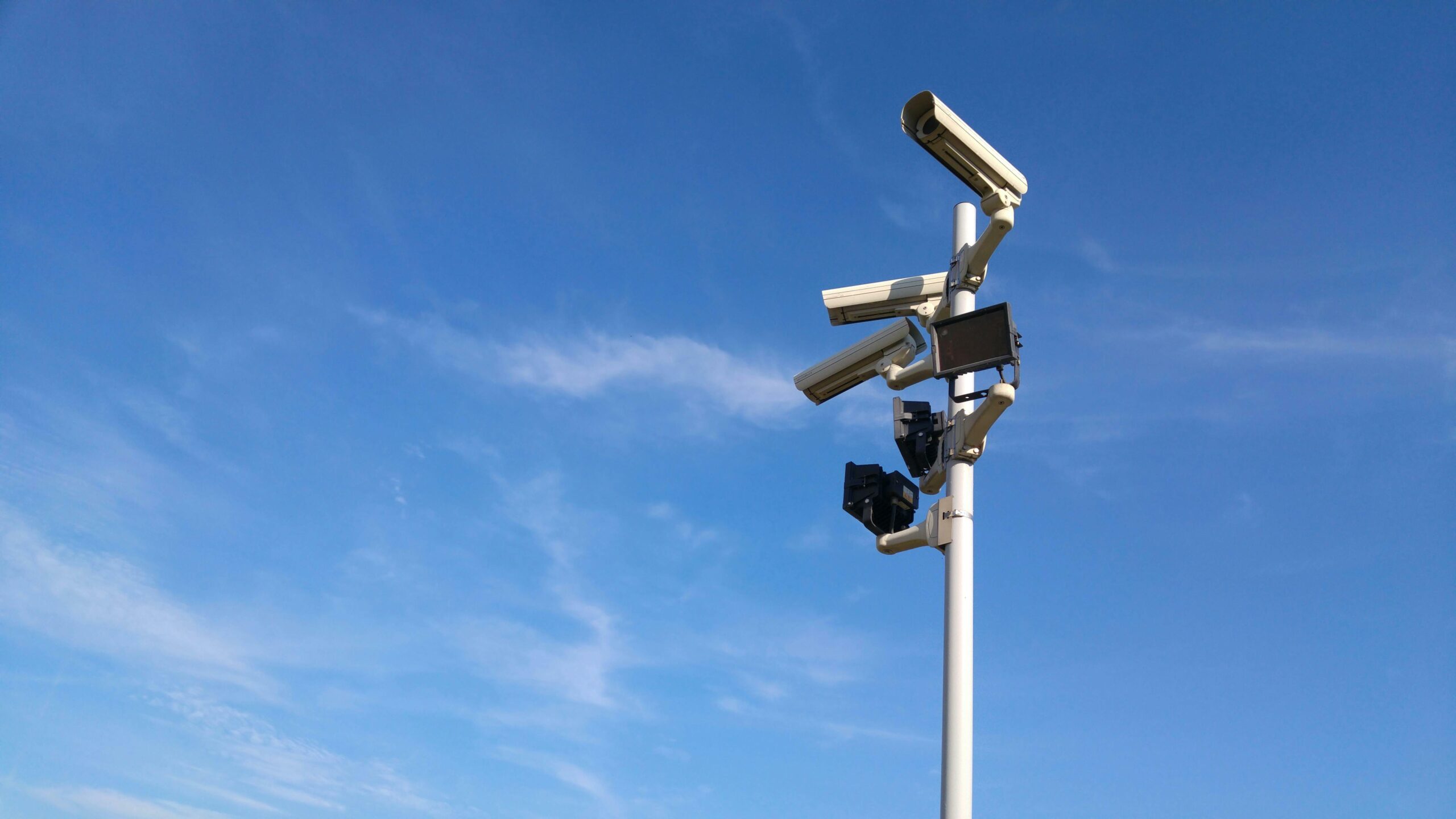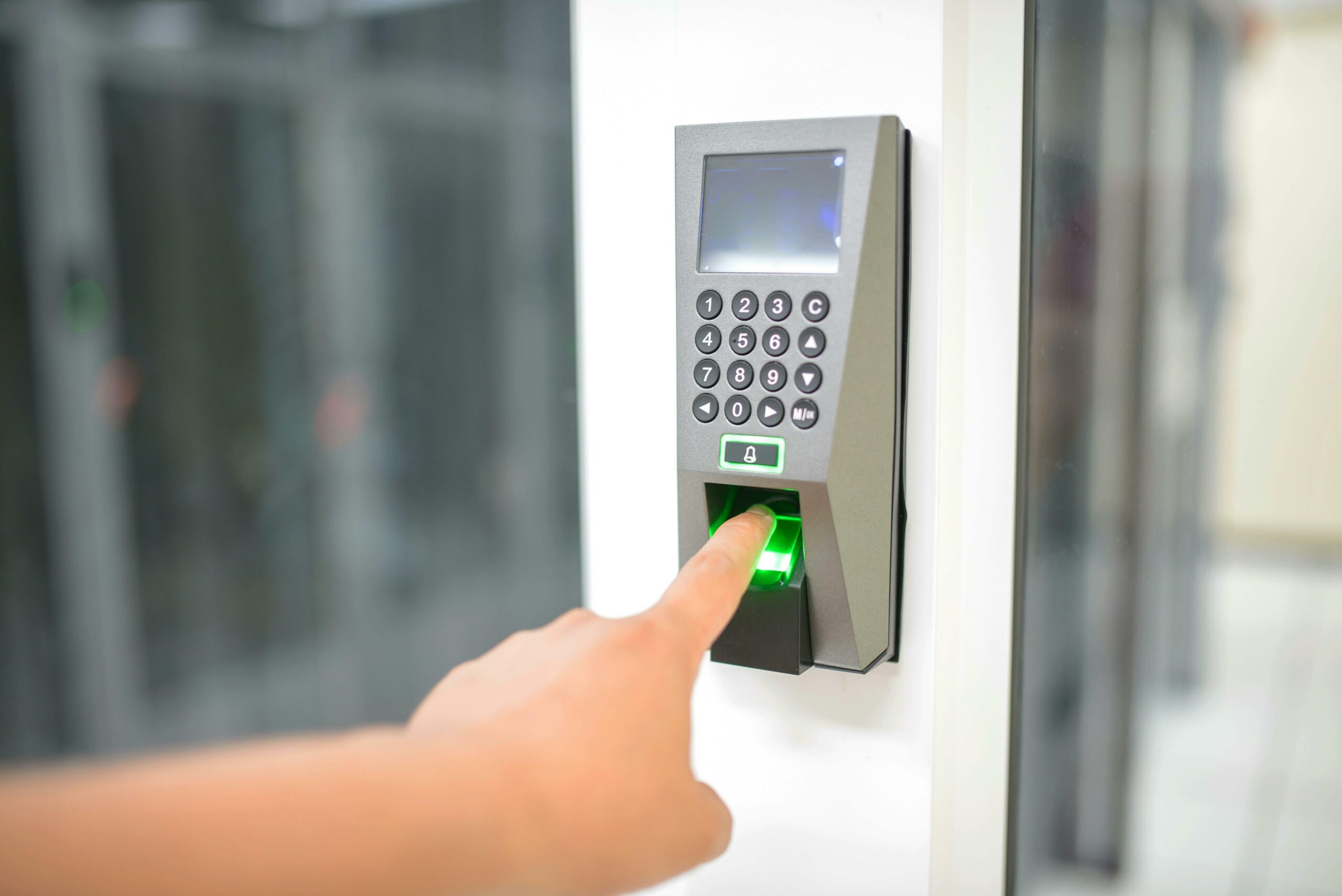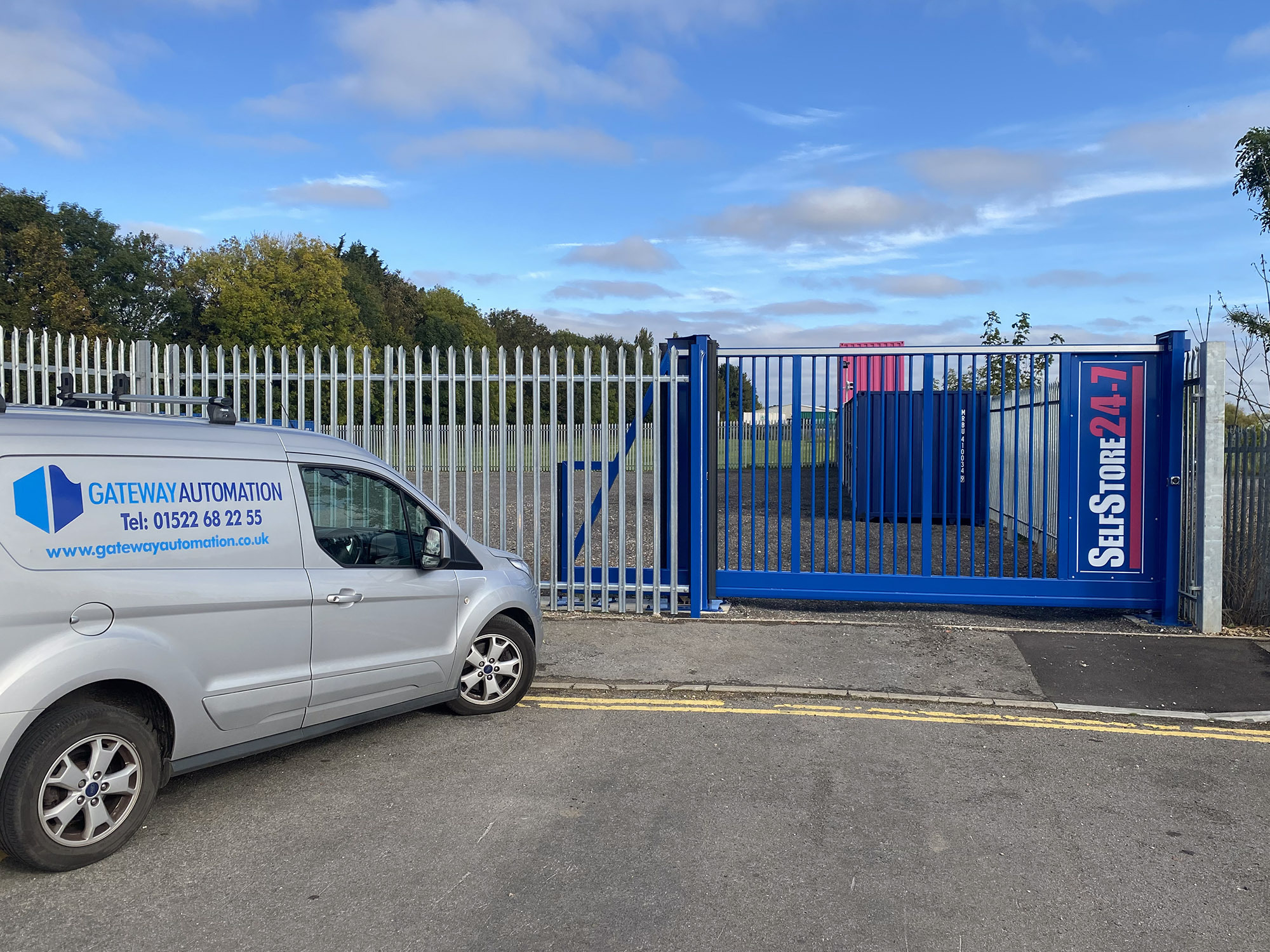As the demands of modern security evolve, so does the need for innovative solutions to safeguard critical assets and facilities. Mobile and remote monitoring technologies have emerged as powerful tools in the realm of perimeter security. Read on to find out the significance of mobile and remote monitoring, and how these advancements are revolutionising the way we protect our perimeters.
Flexibility and mobility
Traditional security measures often tie us to fixed surveillance points whereas mobile monitoring, on the other hand, provides unprecedented flexibility.
Security personnel can now monitor perimeters on the go, responding swiftly to potential threats. This flexibility is particularly valuable in large areas or those with challenging terrain, where constant mobility is essential.
Real-time visibility
One of the key advantages of mobile and remote monitoring is the ability to achieve real-time visibility of the secured area.
With the aid of mobile applications and remote access platforms, security professionals can receive live updates, video feeds, and alerts from any location. This instantaneous information is crucial for swift decision-making and proactive threat response.
Unmanned Aerial Vehicles (UAVs)
Drones, or unmanned aerial vehicles (UAVs), have become integral to mobile monitoring in perimeter security. Equipped with cameras and sensors, drones can patrol vast areas efficiently, capturing live footage and detecting anomalies.
The aerial perspective provided by UAVs enhances situational awareness, enabling security teams to identify potential threats from above.
Remote surveillance cameras
Advances in surveillance camera technology have paved the way for remote monitoring capabilities, ensuring that no area goes unmonitored, even when a physical presence is not feasible.
Remote surveillance cameras, equipped with advanced features like Pan-Tilt-Zoom (PTZ), offer real-time monitoring capabilities from any location.
These cameras can be controlled remotely, allowing security personnel to adjust the field of view, ensuring comprehensive coverage and timely response to potential threats in various environments.
Geofencing technology
Geofencing is a technology that enables the creation of virtual boundaries within a physical location. In the context of mobile monitoring, geofencing allows security professionals to establish virtual perimeters.
When an individual or object breaches these virtual boundaries, instant alerts are triggered, providing an early warning system that enhances overall security effectiveness.
Integration with IoT sensors
The Internet of Things (IoT) has transformed the landscape of remote monitoring by connecting various sensors and devices.
IoT sensors, such as motion detectors, thermal cameras, and sound sensors, can be integrated into mobile monitoring systems. This integration ensures a comprehensive and multi-sensor approach to perimeter security.
Cloud-based platforms
Providing centralised storage, accessibility and management of security data, cloud-based platforms have revolutionised remote monitoring.
Security professionals can securely access and analyse data from any location with an internet connection. Cloud-based platforms enhance collaboration, scalability, and improve the efficiency of remote monitoring operations.
Smartphone integration
Mobile monitoring leverages the presence of smartphones to empower security personnel. Mobile applications allow users to access live feeds, control surveillance cameras, and receive alerts directly on their smartphones.
This seamless integration ensures that security personnel can stay connected and informed, whether they are on-site or managing operations remotely.
Mobile and remote monitoring for perimeter security represents a paradigm shift in how we approach the protection of critical assets and infrastructure.
For professional advice and support with reviewing and upgrading your security systems, get in touch with our team of experts at Gateway Automation on 01522 682255, or email info@gatewayautomation.co.uk, for professional help and advice.
With over 40 years of combined experience and expertise, Gateway Automation offers a value-for-money service with well-engineered and high-quality security systems and barriers, manufactured to your specific requirements.





Recent Comments